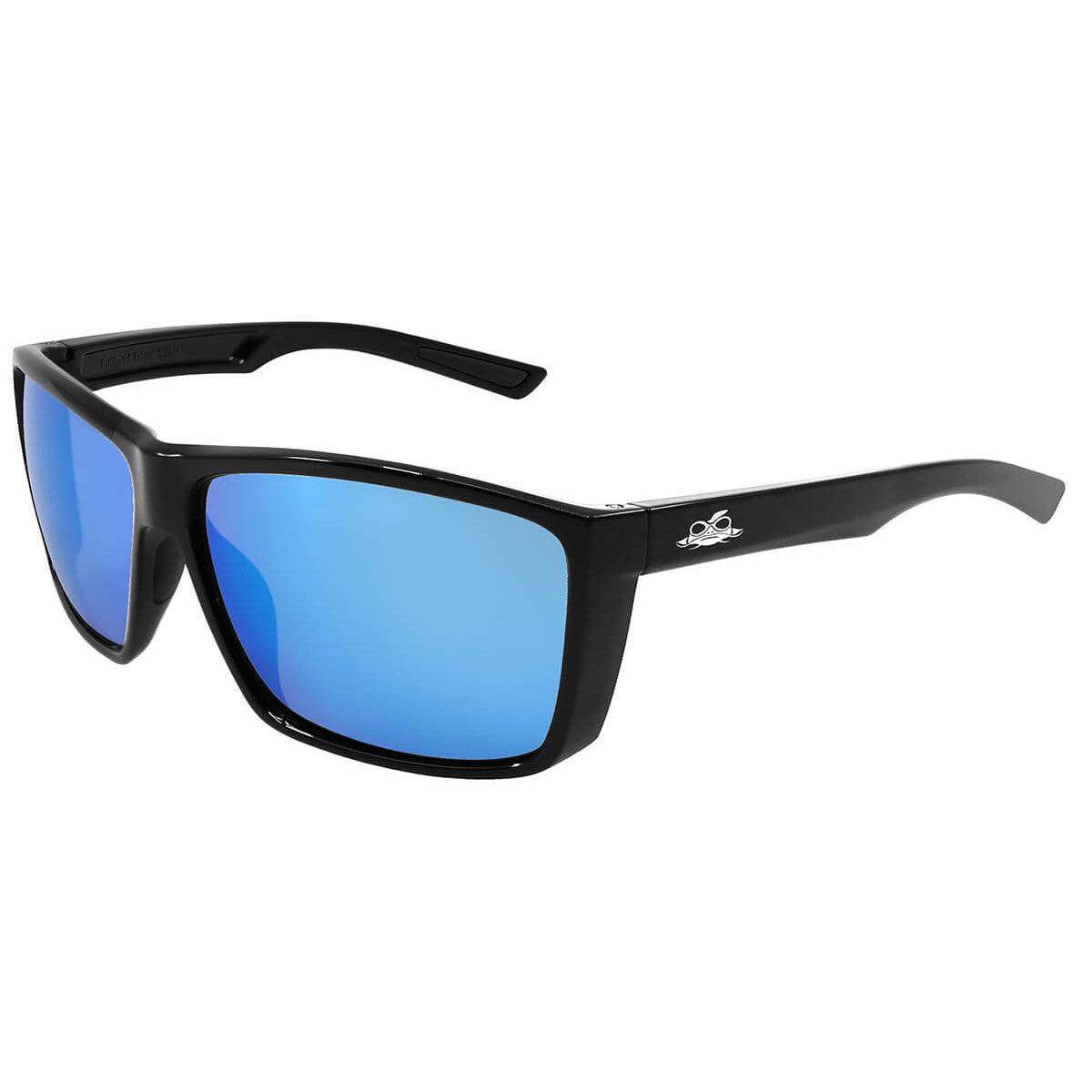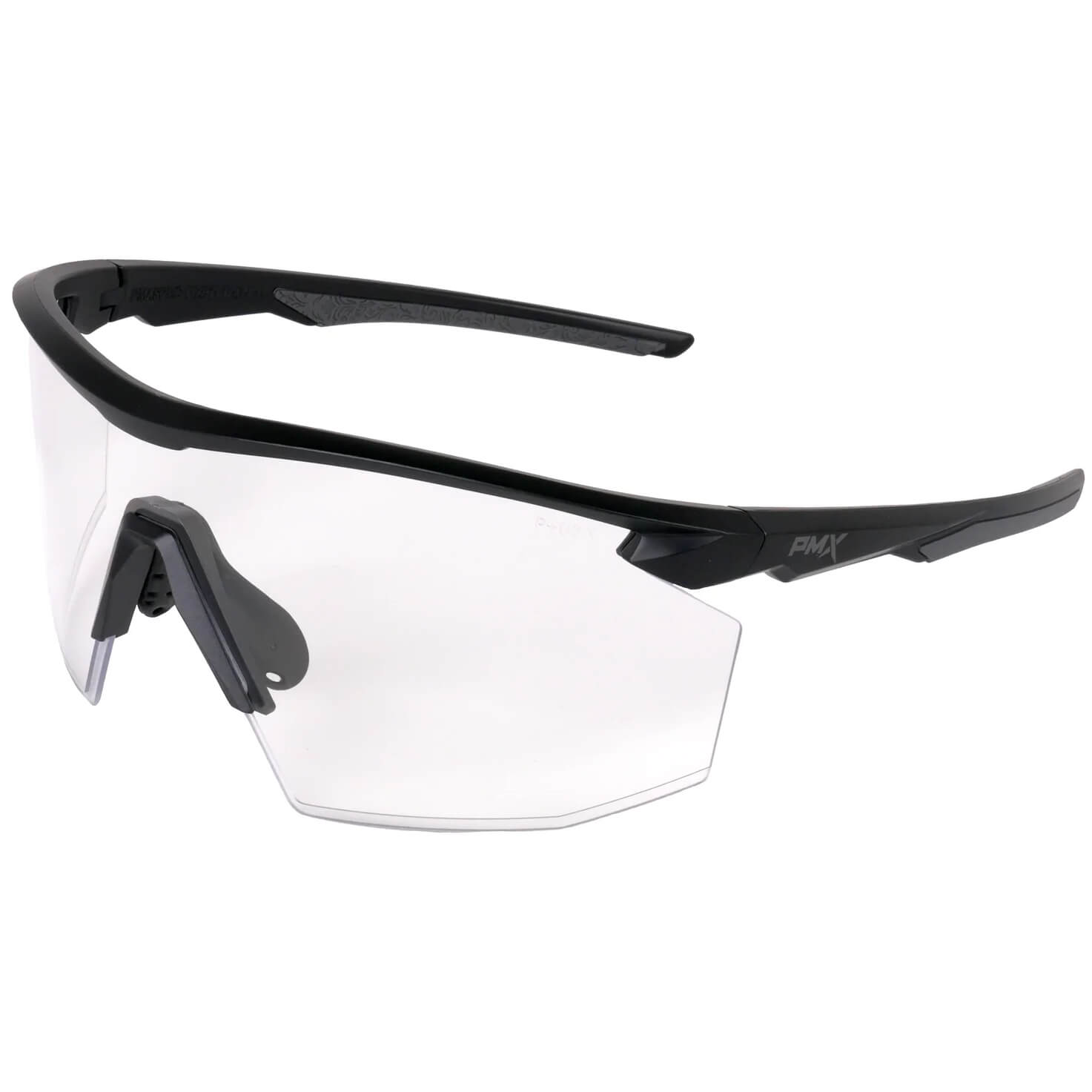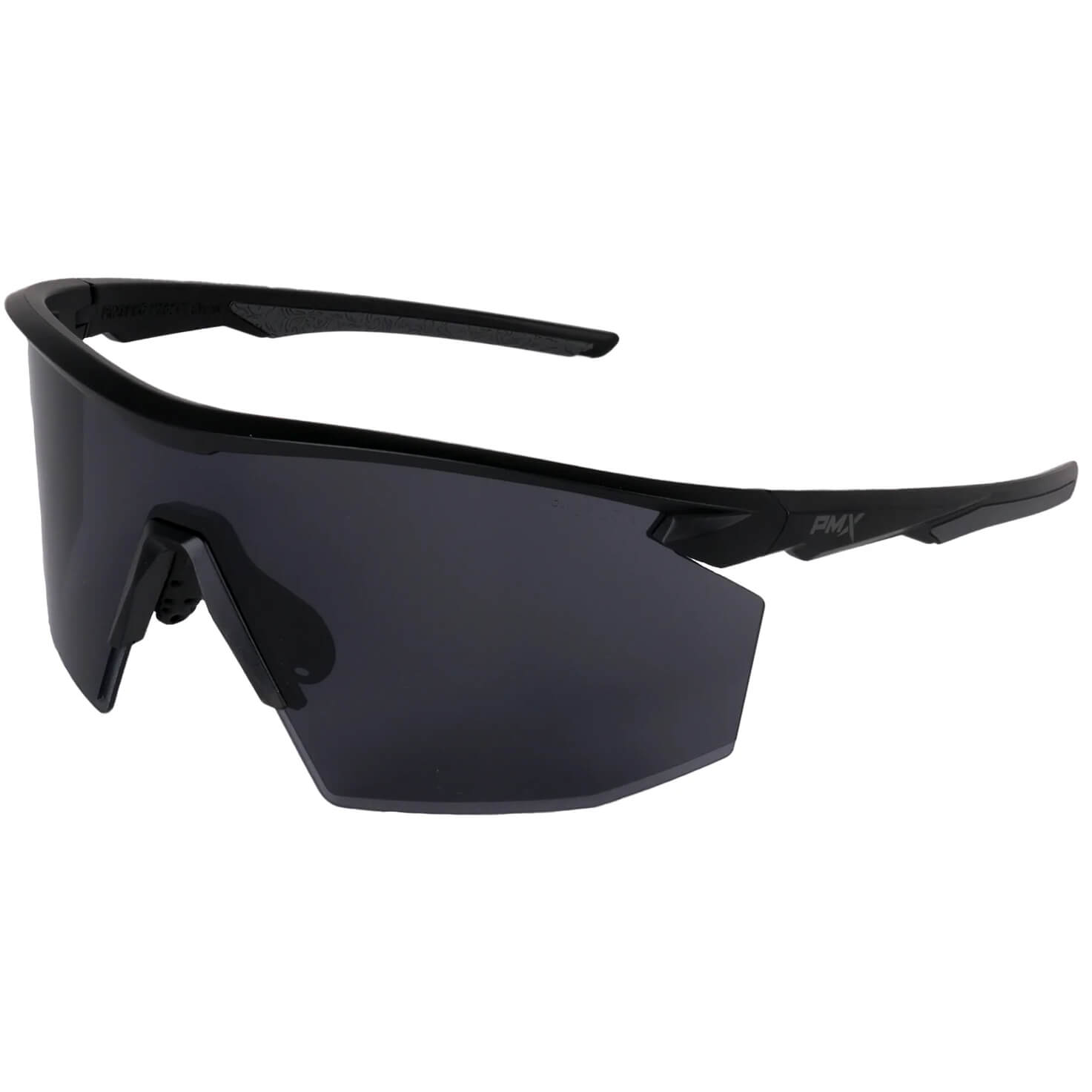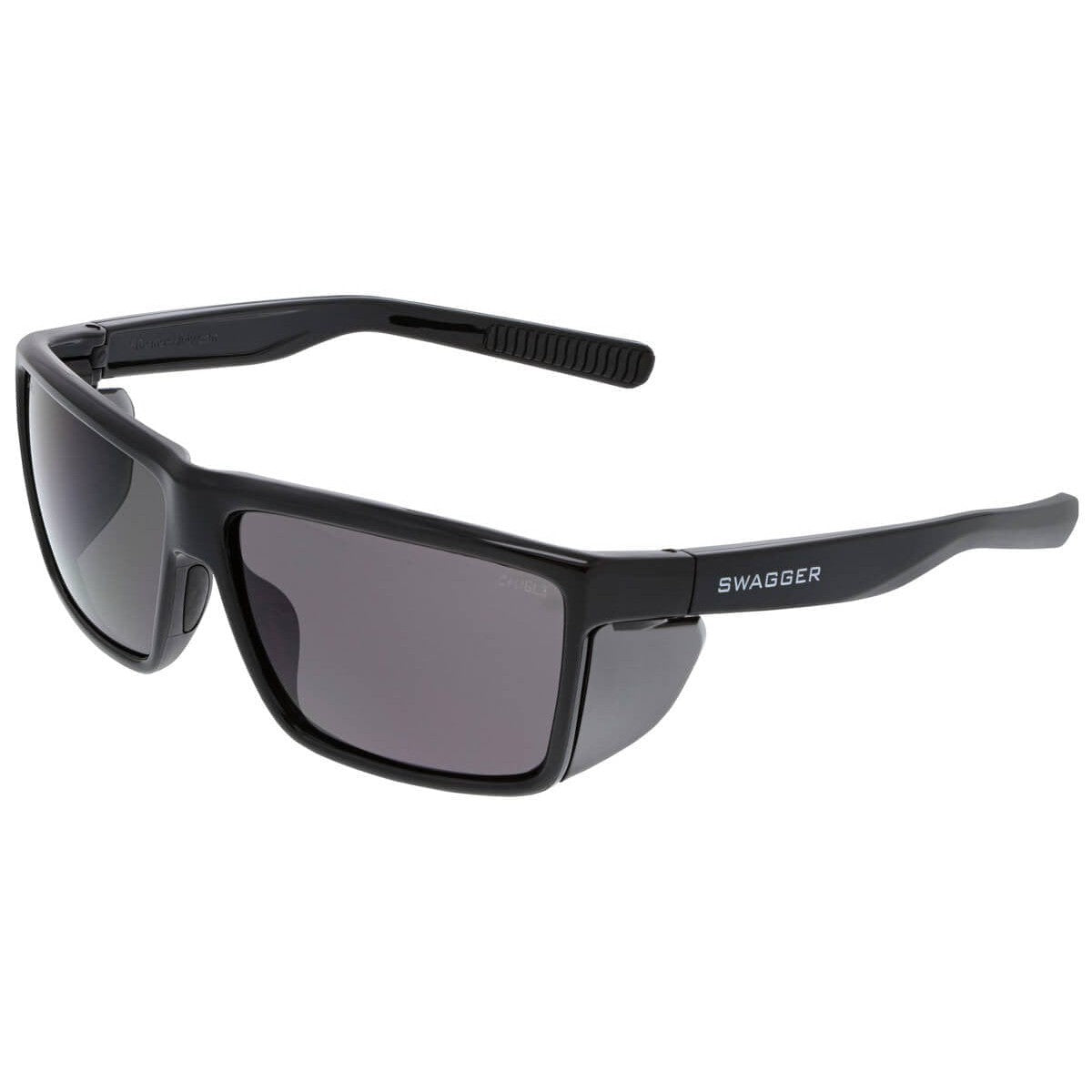Imagine Nate is heading out for a weekend at the lake with his friends. It's a bright, sunny day, and they plan to spend most of it on the lake kayaking. As soon as they push off from the shore, the intense sunlight reflects off the lake's surface, creating a blinding glare. Without protection, Nate struggles to see clearly, squinting and feeling the strain on her eyes.
Thankfully, Nate brought his polarized sunglasses. As he puts them on, the glare from the water is dramatically reduced, bringing a sense of relief. He can now see beneath the surface more clearly, spotting fish swimming and rocks below. The rich colors of the trees lining the shore and the clear blue sky become more vibrant. Nate feels more comfortable and relaxed, enjoying the rest of the day on the lake without the harsh glare ruining the experience.
Nate's decision to wear polarized sunglasses seems obvious. However, many have questions about polarized lenses and when to wear them. We've compiled a list of the ten most common questions.
Top 10 Questions About Polarized Eyewear
- What are polarized sunglasses, and how do they work? Polarized sunglasses have a special filter, called a polarizing filter, that blocks glare from reflected surfaces. This filter only allows light waves aligned in a specific direction to pass through, improving visual clarity and reducing eye strain.
- Do polarized sunglasses protect against UV rays? Yes, most offer 100% UV protection, especially if they use polycarbonate lenses, but it's essential to check the label to confirm.
- Can I wear polarized sunglasses while driving? Yes, they are especially beneficial for driving because they reduce glare from wet roads, car hoods, and other reflective surfaces.
- Are polarized sunglasses better for outdoor activities? Absolutely, they enhance visual comfort during a wide range of activities like fishing, boating, skiing, and hiking by cutting glare and improving contrast. Their overall benefits make them an ideal accessory for any outdoor enthusiast.
- Can I wear polarized sunglasses indoors? Polarized sunglasses aren't ideal for indoor use, except in some instances, like working near water or bright surfaces where glare is an issue.
- Do polarized lenses affect screen visibility? Yes, polarized lenses can make it difficult to see digital screens on devices like smartphones, GPS systems, and some car dashboards.
- Are polarized sunglasses more expensive? Due to the additional technology and manufacturing requirements, polarized lenses are generally more expensive than regular sunglasses and safety glasses, but prices vary widely depending on the brand and quality.
- Do polarized lenses come in different colors? Yes, polarized lenses come in various colors, such as gray, brown, and green, with each tint offering specific benefits regarding contrast and color perception.
- How can I tell if my sunglasses are polarized? You can test by looking at a digital screen while rotating the sunglasses. If the screen appears to darken at certain angles, the lenses are polarized.
- Are there any downsides to polarized sunglasses? While excellent for reducing glare, they can make it harder to see LCD screens, and some people feel they can distort depth perception under certain conditions. *Always use caution when wearing polarized eyewear while driving on winter roads. Polarized lenses make it difficult to see glare ice.
As mentioned in the list above, polarized sunglasses can be expensive, and you should consider their pros and cons before purchasing.
Pros of Polarized Sunglasses:
- Reduces Glare: Polarized lenses block harsh reflections from flat surfaces like water, roads, and snow, making outdoor activities more comfortable.
- Improves Visual Clarity: They help you see more clearly by reducing glare, enhancing details, and making colors appear more vivid.
- Reduces Eye Strain: Less glare means less squinting, reducing eye fatigue and discomfort, especially during long periods in bright light.
- Better for Outdoor Activities: They are ideal for sports and activities like fishing, skiing, boating, and driving, where glare can hinder performance or safety.
- Enhances Safety: Polarized sunglasses are essential for safe driving and boating as they significantly enhance contrast and visibility, especially in high-glare conditions.
Cons of Polarized Sunglasses:
- Difficulty Seeing Digital Screens: Polarized lenses can interfere with visibility on LCD screens, such as those on smartphones, GPS devices, and digital dashboards.
- Not Ideal for Low-Light Situations: Polarized lenses may further reduce visibility in dim or overcast conditions, making them less effective for nighttime use or very low light.
- Cost: Polarized sunglasses are often more expensive than standard sunglasses due to the lens technology required.
- Distorts Viewing of Some Surfaces: Some people experience a slight distortion in depth perception or have difficulty seeing wet or icy surfaces, which could be problematic in certain conditions.
- Not Always Needed: Polarized sunglasses don't offer a significant advantage when glare isn't a problem, such as indoors or on cloudy days.
Polarized Sunglasses and Polarized Safety Glasses do a great job of reducing glare, UV protection, and eyestrain on sunny days. These are the key reasons why people wear them. However, before you purchase, consider their higher cost and your planned activities. There may be better choices in some situations.










